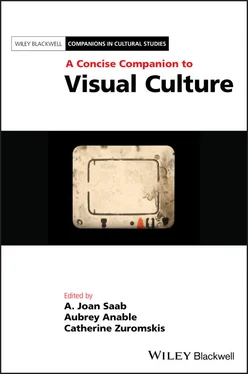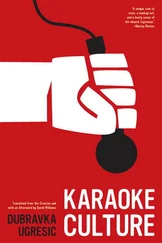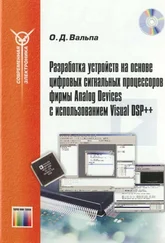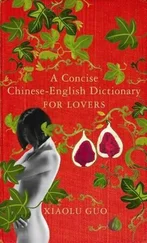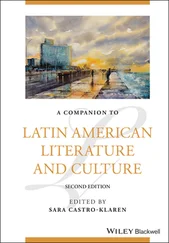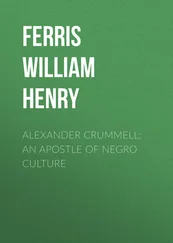In May 1997 or some time in that year, when Formless: A User’s Guide was published in English, Krauss travelled to her alma mater to deliver the keynote address on Alumni Day at the Harvard University Graduate School of Arts and Sciences. During that visit, the then Columbia University professor and October journal co‐editor conducted a surprising interview with Scott Rothkopf (1997) published in the student newspaper The Harvard Crimson under the title “Krauss and the Art of Cultural Controversy.” Rothkopf asks Krauss, rather innocuously, whether she supports the idea of survey courses in art history departments “working with the concept of ‘visual culture’”; and he points to a specific interdisciplinary introductory course already instituted at Harvard. Before he can even finish his point, Krauss snaps back and pounces on her interlocutor with a reactionary form of hate speech. “I hate visual culture.” Jan Baetens (2012, 92) analyzes it astutely as an “(in)famous attack on visual studies and its specific object: visual culture.” Her opening salvo is a short and pithy “dissing” of this upstart that the art historian deems to be her discipline’s arch‐enemy. Krauss’s antagonistic declaration is followed by Rothkopf’s double take, as he seeks further clarification about such an abrupt dismissal: “You hate visual culture?” But there is no apology or nuance to be had, as Krauss’s bashing of visual culture is elaborated even further.
Let us recall that this interview took place a year after the influential “Visual Culture Questionnaire” (The Editors 1996) published in October where a number of contemporary thinkers were asked to respond to the rise of visual culture with a set of leading statements. But given the brusque and nasty things that Krauss has to say in this interview, perhaps it should have been called the “Visual Culture Inquisition.” Krauss openly admits that the Questionnaire was an assault designed to put visual culture on the defensive, or even out of business. She frames it this way: “In fact, October magazine, which I coedit and cofounded in 1976, recently did a special issue that was an attack on the visual culture project” (Rothkopf 1997). By referring to it in a disparaging manner as the “visual culture project,” Krauss projects visual culture into the future, refusing to grant it the status of an intellectual discourse or a viable practice in the present.
One can interpret Krauss’ attack in this interview as a disavowal (and othering) of visual culture and thereby as an attempt to reinstitute certain elitist art historical assumptions in the face of the visual cultural tendency toward leveling and its inter‐ or antidisciplinary aspects. After her flippant reactionary opener, Krauss launches into a self‐declared pejorative and abusive diatribe against the new project on these two counts. She asserts:
Like cultural studies, visual culture is aimed at what we could call pejoratively, abusively, deskilling. Part of that project is to attack the very idea of disciplines which are bound to knowing how to do something, certain skills… Obviously, in French literature you would to be able to read French very well, not just modern French but Medieval French. In art history there are also skills, like connoisseurship, and at least some slight knowledge of conservation. (Krauss, quoted in Rothkopf 1997)
But, if we take Krauss’s initial objection of “deskilling” seriously, we have to ask whether connoisseurship is really a skill to be lauded or simply a mode of distinction based on the making of distinctions (in Pierre Bourdieu’s sense; see Bourdieu 1979)—and one that results in setting up a privileged class of “knowers” who rule the day (and the art market) through their impositions of aesthetic value. In a manner intertwined with the question of deskilling and the need for art historical reskilling, Krauss also launches into visual studies and its visual cultural object, describing them as anti‐disciplinary. In other words, she argues that it is visual culture’s disregard for the disciplines that engenders deskilling. To recite: “So what I have against ‘visual studies’ is the project of getting rid of the disciplines. People say ‘film studies, what’s that?’ or ‘art history, je ne connais pas .’ That’s just forgetting about the fact that there are certain skills involved in both the fabrications of certain objects and the unpacking of those objects” (Rothkopf 1997).
What we witness in the Rothkopf interview, then, is Krauss’s partial recanting of the implications of Steinberg’s position with a concerted attack on visual culture along the lines of deskilling and anti‐disciplinarity. Crucially, visual culture and visual studies become the target of her attack precisely on account of an assertion that affirms horizontal thinking. Thus Krauss’s diatribe is directed precisely against the leveling that visual culture as a mode of criticism introduces. She calls in turn for reskilling and for the reassertion of disciplinary constraints that she believes only art history can provide. In this way Krauss’s hatred of visual culture turns out to be another attempt to recuperate the aura of art through an elitist insistence that the art historical object carries a special authority, privilege, and stature. We have come full circle with this attempt to repair the rupture within art historical discourse that both Laurence Alloway and Leo Steinberg had opened up. The pyramid returns with a vengeance, as Rosalind Krauss and the October group attempt to set themselves up as the new custodians of tradition and as keepers of the flame in a last‐ditch effort to stop the dreaded emergence of visual culture and the triumph of horizontal thinking.
More than two decades later, there is still the ongoing need to resist any such artful reactions and retrenchments. We must stand ready to commit iconoclastic acts against those who would know better and who would resurrect the vertical and the pyramidal in the name of reskilling and of reconstituting the artistic elites. We must affirm horizontal thinking as, and at the very root of, a visual cultural criticism that seeks to put things into crisis. We must affirm horizontal thinking as, and at the root of, a visual cultural aesthetics that upends the vertical valuations of fine art. We must pursue horizontal thinking as a mode of inquiry in a networked digital visual cultural landscape that has provided us with a wealth of emergent forms and new keywords in need of theoretical, critical, and historical elaboration, whether augmented reality or interactive video games. To conclude with a prescriptive injunction, there is only one way to ensure an ongoing attentiveness to the disruptive legacy and agenda of Alloway, Berger, and Steinberg. In the name of visual culture, we must keep our eyes peeled and glued to the horizon wherever it leads, in a daily practice of drawing lines _______ and following them.
1 Alloway, Lawrence. 1961. “Artists as Consumers.” Image 3: 14–19.
2 Alloway, Lawrence. 1966. “The Development of British Pop.” In Pop Art, edited by Lucy Lippard, 31–2. New York: Praeger.
3 Alloway, Lawrence. 1979. “The Complex Present.” Art Criticism 1(1): 32–41. (Reprinted in Imagining the Present: Essays by Lawrence Alloway, edited by Richard Kalina, London: Routledge, 2006.)
4 Alloway, Lawrence. 1987. “The Long Front of Culture.” In This Is Tomorrow Today: The Independent Group and British Pop Art, edited by Brian Wallis, 31–4. Long Island City, NY: Institute for Art and Urban Resources.
5 Baetens, Jan. 2012. “Visual Culture and Visual Studies.” In Art History and Visual Studies in Europe: Transnational Discourses and National Frameworks, edited by Matthew Rampley, 91–106. Leiden and Boston: Brill. DOI: 10.1163/9789004231702.
Читать дальше
